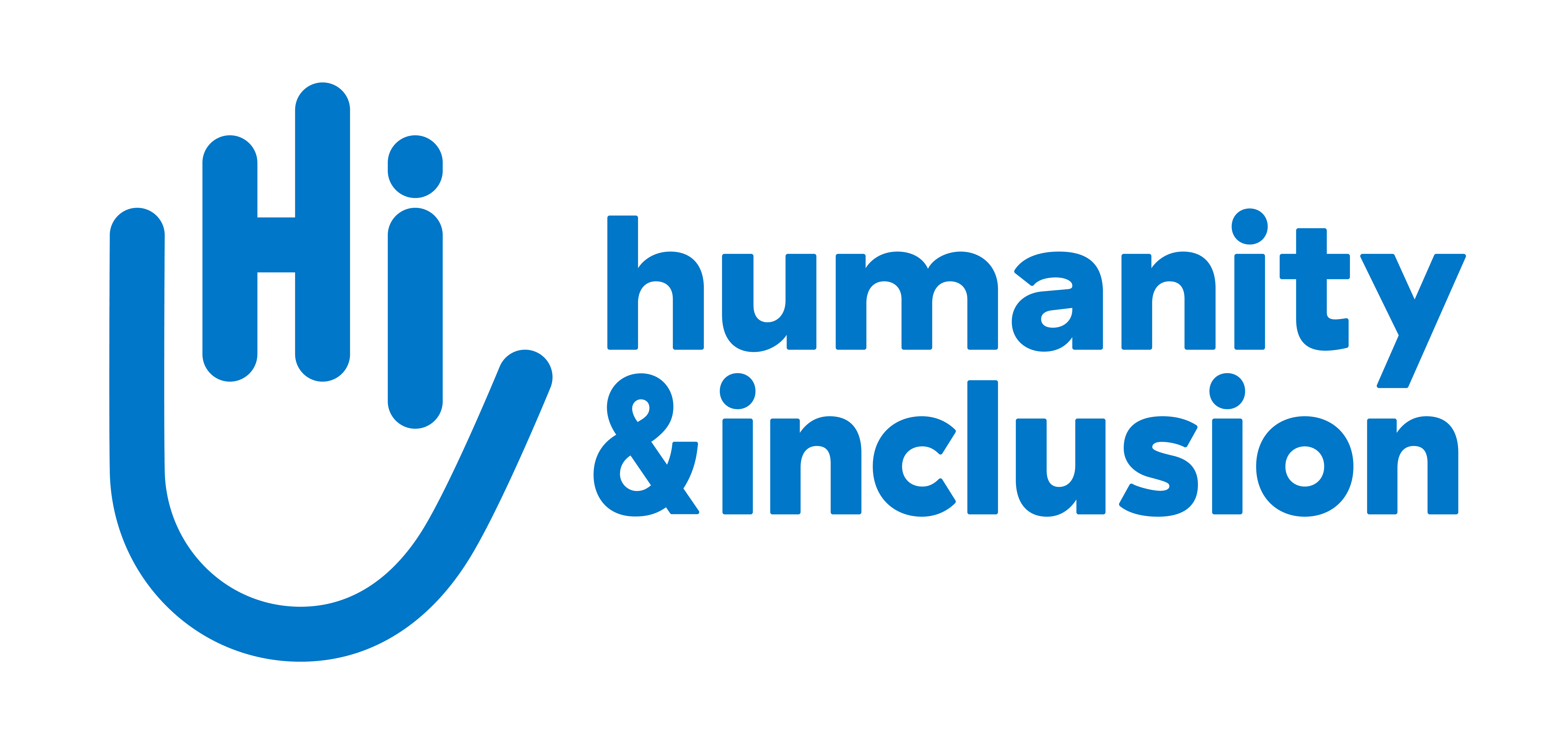Hatem struggles to rebuild his shattered life
Hatem is among the thousands whose lives have been torn apart by the war in Syria. Injured, amputated, displaced, he struggles to rebuild his life.

Hatem in the street | © HI
Hit by an airstrike
My name is Hatem. I’m 38 years old. I am married, and a father of three children. In August 2019, I was forced to leave my home in Idlib, a large town in the northwest of Syria, because of the continuous bombing and shooting.
I was severely injured in an airstrike. I had one of my legs amputated. My other leg and one of my arms were also badly injured. I could no longer walk in the neighbourhood, not only because of the danger, but also because of my health condition and the fear for the safety of my kids.
Now, I live in a camp in Bab Al Hawa, near the border with Turkey. It’s a rough, mountainous area where even the smallest movement is a challenge. I walk with crutches, but I must be extremely cautious not to fall. There are rocks, uneven paths, and steep slopes everywhere. Every step feels like a risk.
Access to health services
The closest health centre is 12 kilometres away. Getting there is not easy. I either need someone to accompany me or I must rent a car, which is often beyond what I can afford. And even when I do manage to reach the centre, there’s no guarantee that I’ll find the crutches, medical supplies, or medications I need.
Without my crutches, I can’t move, can’t live. I don’t feel safe in the camp—one misstep and I could fall. Everything is far away—health services, shops, basic necessities. My most urgent needs are crutches and proper prosthetics and orthotics to help me move safely and independently.
No sources of income
Before the war, I had my own supermarket. I was self-reliant and could provide for my family. Now, I’m trying to find any source of income to support my wife and children. It’s one of the hardest parts—losing not just your mobility, but your ability to provide.
If I had the chance, I would go back to my home and my community today. But my house is completely destroyed. And worse, the area is contaminated. I fear for my children, that they might come across unexploded ordnance. I can’t risk that.
Still, I hold on to the hope that one day I’ll be able to rebuild. That I’ll live in safety, provide for my family again, and lead a life with dignity.




